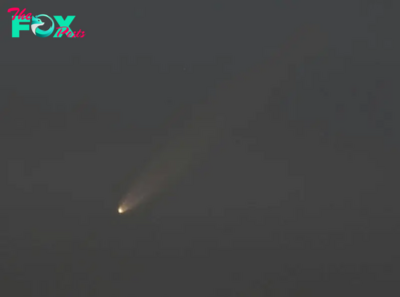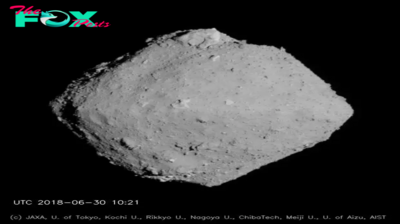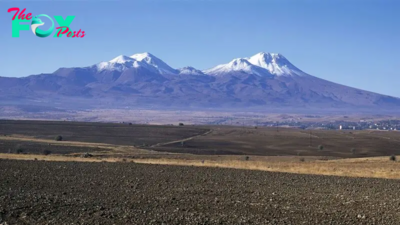Science
Bizarre polar vortex over Antarctica delayed ozone hole opening, scientists say
Sudden and rare warming events in Antarctica may have delayed the arrival of the ozone hole that appears above the frozen continent every year, scientists say.
These warming events likely impacted a swirl of winds known as the southern polar vortex, which in turn affected the ozone hole's formation, the researchers say.
Ozone is a gas that forms a layer in the stratosphere — the middle section of the atmosphere that extends between 12 and 31 miles (20 to 50 kilometers) above Earth's surface — and shields life from harmful ultraviolet solar radiation. The Antarctic ozone hole opens in this protective layer every year during the Southern Hemisphere's spring, which lasts from September to November. Records going back to 1979 indicate that the ozone layer above the South Pole usually starts to disintegrate at the beginning of August, but this year's event appears to have been delayed.
"Instead of the typical behavior, deepening progressively during August, the ozone hole didn't develop until the end of the month," researchers with the Copernicus Atmosphere Monitoring Service, a European Union body that provides daily analyses and forecasts regarding Earth's atmosphere, wrote in a statement.
The delay is due to two warming episodes that deformed the southern polar vortex earlier this year, according to the statement. On separate occasions in July and August, temperatures in the stratosphere above Antarctica increased by 27 and 31 degrees Fahrenheit (15 and 17 degrees Celsius), respectively. Such warming events are rare over the South Pole, the researchers noted, but they're more common over the North Pole.
Related: 'We were in disbelief': Antarctica is behaving in a way we've never seen before. Can it recover?
It's unclear what caused the two warming events, but NASA scientists noted highly unusual weather in the troposphere (the layer of the atmosphere directly above Earth) over Antarctica in July, with temperatures reaching record-high levels. Variations in sea surface temperatures and sea ice can propagate up into the stratosphere, "but the attribution of why these systems develop is really difficult to do," Paul Newman, an atmospheric scientist at NASA's Goddard Space Flight Center, said in a separate statement.
-

 Science17h ago
Science17h ago4 Astronauts Return to Earth After Being Delayed by Boeing’s Capsule Trouble and Hurricane Milton
-

 Science1d ago
Science1d agoThe Elegance and Awkwardness of NASA’s New Moon Suit, Designed by Axiom and Prada
-

 Science6d ago
Science6d agoSpaceX Launches Its Mega Starship Rocket. This Time, Mechanical Arms Catch It at Landing
-

 Science2w ago
Science2w agoYou Won’t Want to Miss October’s Rare Comet Sighting. Here’s How and When You Can See It
-

 Science1m ago
Science1m agoA New Spacecraft Could Help Determine if There’s Life on a Moon of Jupiter
-

 Science1m ago
Science1m agoWe Can Thank Deep-Space Asteroids for Helping Start Life on Earth
-

 Science1m ago
Science1m agoStranded Astronauts Set to Come Home After SpaceX Capsule With Extra Seats Reaches ISS
-

 Science1m ago
Science1m agoEarth's crust may be building mountains by dripping into the mantle



























